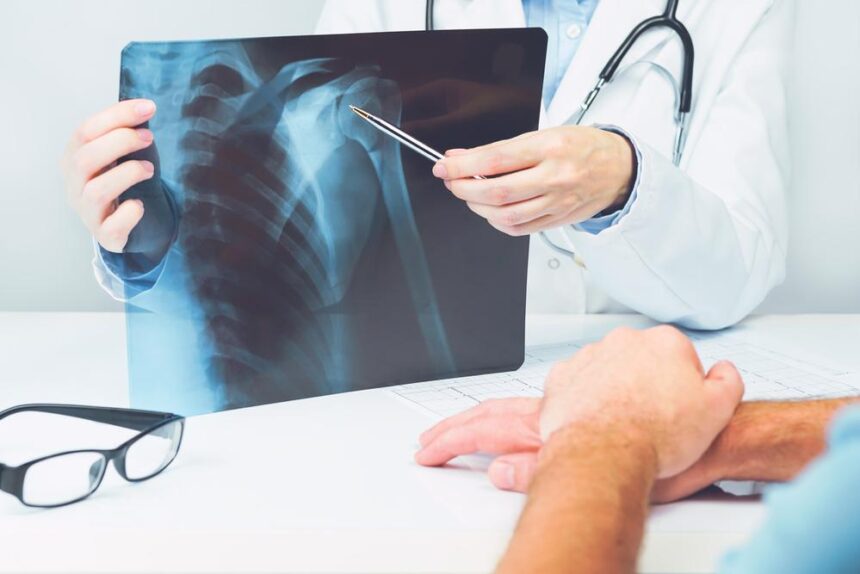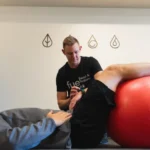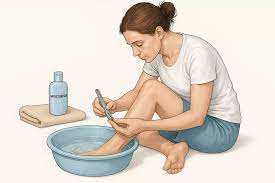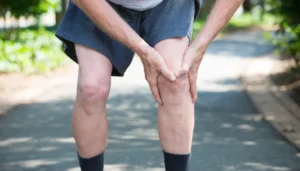A DEXA scan is a non-invasive test that measures bone density and plays a key role in preventive healthcare for older adults. Detecting early signs of osteoporosis and assessing fracture risk helps doctors create personalized strategies to protect bone health. Understanding the role of a DEXA scan highlights its significance in maintaining mobility, independence, and overall well-being.
What Is a DEXA Scan?
A DEXA scan, also called bone densitometry, measures bone mineral density using low-dose X-rays. The test examines specific areas of your body where fractures commonly occur. During the scan, you lie on an open examination table while a mechanical arm passes over your body. This arm sends two different energy X-ray beams through your bones.
The machine calculates how much radiation each bone absorbs, which indicates bone density. Denser bones absorb more radiation than weaker bones. The X-ray exposure is minimal. Results show your bone density compared to healthy young adults and people your age.
Why Does It Matter?
Bone density naturally peaks around age 30, then gradually decreases throughout adult life. This process accelerates after menopause in women due to declining estrogen levels. Men experience slower but steady bone loss as testosterone levels drop.
Current medical guidelines recommend bone density testing for women after age 65 or when they attain menopause. Younger adults may need earlier testing if they have risk factors. These include family history of osteoporosis, long-term medication use, smoking, excessive alcohol consumption, or certain medical conditions affecting bones. Osteoporosis develops silently without symptoms until a fracture occurs. A DEXA scan detects bone loss before fractures happen, giving you and your doctor time to take action.
How Does It Support Preventive Care?
Bone densitometry serves multiple roles in preventive healthcare for older adults. The test establishes a baseline measurement of your current bone health. This baseline helps your doctor track changes over time and determine if treatments are working effectively.
Results from your bone density test guide treatment decisions. If the scan shows normal bone density, your doctor may recommend lifestyle changes like increased calcium intake, vitamin D supplements, and weight-bearing exercises. For those with osteopenia or osteoporosis, medication options become available to slow bone loss or help build new bone.
Regular DEXA scans also help monitor treatment progress. Your doctor can schedule follow-up scans to see if prescribed medications are strengthening your bones or if adjustments are needed. This monitoring approach helps optimize your treatment plan for the best possible outcomes.
What Can You Expect?
Preparing for a bone densitometry scan requires effort. You will be asked to stop taking calcium supplements 24 hours before your appointment, as these can interfere with accurate readings. Avoid wearing clothing with metal zippers, buttons, or jewelry that may affect the X-ray beams.
The scan itself is comfortable and non-invasive. You remain fully clothed and lie on a padded table. A technologist positions your body for optimal imaging of your spine and hips. You may need to hold your legs in specific positions using the supports provided. The technologist will tell you when each scan begins and ends.
Schedule Your Next DEXA Scan Today
Bone health affects your ability to stay active, maintain balance, and live confidently. Bone densitometry provides fundamental information for maintaining bone health as you age. This test can detect bone loss before fractures occur, allowing for early treatment that helps preserve your independence and well-being. Contact a trusted healthcare provider near you to determine whether a DEXA scan is right for you and schedule your next scan.














